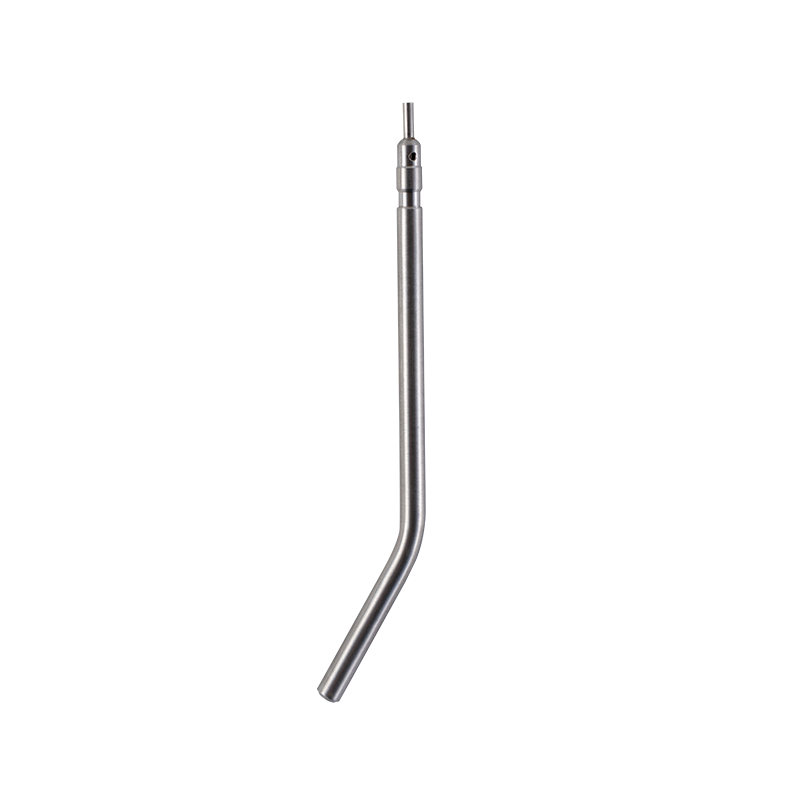+86-0577-86858771
Medical needles have long been essential tools in surgical and medical practices, serving a variety of purposes that extend well beyond simple injections. Their design and application have evolved to meet the precise demands of modern healthcare, offering both safety and efficiency during procedures. Understanding the role of medical needles in surgical settings sheds light on how these small instruments significantly contribute to patient care and procedural success.

One of the primary tools related to medical needles is the medical syringe and needle assembly. This combination is widely used for administering medications, drawing blood, or delivering anesthesia during surgeries. The syringe allows controlled delivery or withdrawal of fluids, while the needle’s design ensures accuracy and minimal discomfort. The gauge, length, and sharpness of the needle are carefully chosen based on the specific surgical need. For instance, a thinner needle may be used for delicate injections or pediatric patients, while a thicker needle might be necessary for drawing blood from veins that are harder to access.
In recent years, the focus on safety has brought innovations such as the needle with safety features. These safety needles are designed to reduce the risk of accidental needle-stick injuries, which pose a concern for healthcare workers. Features like retractable needles, protective shields, or needles that automatically cover after use have become more common in operating rooms and clinical environments. This innovation not only protects medical staff but also reduces the chances of contamination and infection, enhancing overall safety during surgical procedures.
Another specialized type of needle frequently employed in surgical procedures is the curved needle. Unlike straight needles commonly used for injections, curved needles are primarily used for suturing and stitching tissue. Their curved shape allows surgeons to maneuver through layers of skin, muscle, or internal organs with precision, often in tight or awkward spaces where a straight needle would be impractical. The curvature helps in creating consistent stitches that hold tissue together effectively, which is critical for wound healing and reducing scarring.
Curved needles come in various shapes and sizes, tailored to different surgical needs. For example, some are designed for delicate tissue such as in ophthalmic surgeries, while others are robust enough for heavier tissues like fascia or muscle. The material and sharpness of these needles also vary, with stainless steel being common due to its durability and resistance to corrosion. Surgeons select the appropriate curved needle based on the type of tissue and the nature of the surgery to ensure both safety and efficiency.
Medical needles also play a vital role in minimally invasive procedures. In laparoscopic surgeries or biopsies, needles are used to access internal organs or tissues without the need for large incisions. This approach reduces recovery time, lowers the risk of infection, and causes less scarring. The precision of needle insertion is crucial in these cases, and it relies heavily on the design and quality of the needle itself.
The development of specialized needles has improved patient comfort as well. Techniques like using smaller gauge needles, applying advanced topical anesthetics, or employing safety needles have reduced pain and anxiety associated with needle use. For many patients, these advances help create a more positive surgical experience.
In addition to their physical design, medical needles must be handled with strict adherence to hygiene protocols. Sterility is paramount to prevent infections and complications. Surgical teams follow rigorous sterilization processes and use disposable needles whenever possible to maintain a sterile environment. Proper disposal of used needles is also critical to avoid injury and contamination.
While medical needles may seem like simple instruments, their impact on surgical procedures is significant. From the precision of a curved needle in suturing to the safety enhancements in needle designs, these tools contribute to effective and safer surgical care. Their continued evolution reflects ongoing efforts to improve medical outcomes and safeguard both patients and healthcare providers.
In summary, medical needles remain indispensable in surgical procedures, offering a range of applications through carefully engineered designs such as medical syringes and needles, needles with safety features, and curved needles. Each type serves a specific function that helps ensure surgeries are conducted smoothly, safely, and with attention to patient comfort. As medical technology advances, these small yet critical tools will continue to adapt to the complex demands of modern healthcare.
Wenzhou Kangyu Medical TREATMENT
+86-0577-86858771
+86-13957709138
No. 626 Airport Avenue, Longwan District, Wenzhou City, Zhejiang Province, China
Contact Us